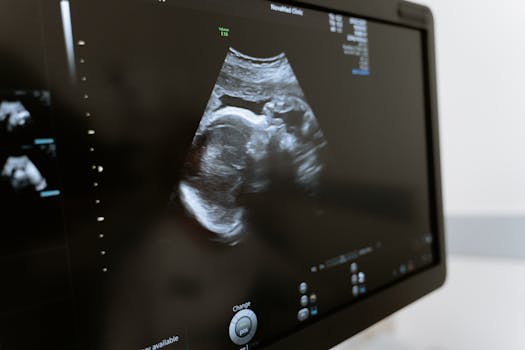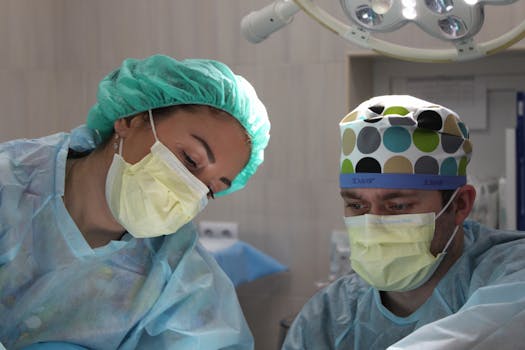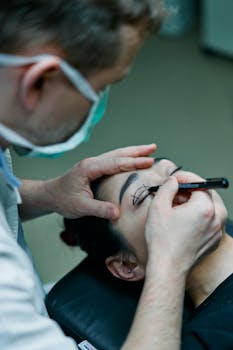Many people seek skin refreshment without extensive downtime, and fractional laser treatment has become a popular option to improve texture, fine lines, and pigmentation. This overview explains how fractional lasers work, the difference between milder resurfacing and more aggressive approaches, what recovery looks like, and realistic timelines for results. Whether you’re considering a light fractional facial to boost radiance or a deeper platform for scar revision, this guide will help you know what to expect and how to prepare.
Types of fractional laser procedures
Fractional devices create microscopic columns of thermal injury while leaving surrounding tissue intact, which speeds healing compared with full-field resurfacing. There are two broad categories: non‑ablative and ablative. Non‑ablative lasers heat the dermis without removing skin, stimulating collagen with minimal downtime. Ablative lasers vaporize tissue in treated microzones and provide more dramatic remodeling but require longer recovery. Common ablative platforms include fractional CO2 and erbium lasers; practitioners sometimes describe deeper settings as deep fractional laser treatment when targeting pronounced wrinkles, acne scarring, or surgical scars.
Different systems vary in depth and energy. A fractional facial appointment might use low-energy non‑ablative pulses to reduce pore size and fine lines with little redness afterward. In contrast, a session labeled as deep fractional resurfacing focuses energy deeper into the skin for more noticeable tightening and scar improvement, often needing anesthetic and multi-day healing.
How the procedure works and who’s a good candidate
During the session, a trained provider passes the handpiece over the treatment area. For ablative sessions you may receive topical or local anesthesia; for milder fractional laser treatment, topical numbing is often sufficient. Ideal candidates are adults in good overall health who want to address sun damage, texture irregularities, acne scars, or early laxity. Darker skin tones can be treated, but risks of pigmentation changes are higher and require careful device selection and settings.
Recovery timeline and aftercare
Recovery varies by device and intensity. After a low‑energy fractional facial, redness and mild swelling typically resolve within a day or two. Deep fractional laser treatment can produce crusting, pronounced redness, and peeling for 5–14 days, and your provider will recommend a gentle cleanser, frequent moisturization, and strict sun avoidance. Avoid picking at crusts; allowing the microscopic columns to heal naturally reduces scarring risk and speeds collagen formation.
Expect a staged improvement: initial tightening as inflammation resolves, followed by gradual collagen remodeling that continues for three to six months. Many patients plan a series of treatments spaced several weeks apart for cumulative benefit. If you’re considering multiple cosmetic procedures, discuss sequencing with your clinician—some people combine resurfacing with autologous fat transfer to other areas; learn more about timing and expectations for those procedures at fat transfer breast augmentation: cost & what to expect.
Risks, side effects, and how to minimize them
Common side effects include redness, swelling, temporary darkening or lightening of the skin, and sensitivity. Less common complications are infection, prolonged redness (post-inflammatory erythema), and hypertrophic scarring. Risk is tied to device type, intensity, and skin type. To reduce complications, choose a board‑certified or experienced clinician, follow pre‑ and post‑treatment instructions (such as antiviral prophylaxis when indicated), and avoid sun exposure before and after treatment.
For deeper learning about laser resurfacing principles, healing, and device differences, reputable resources like expert summaries on laser resurfacing provide helpful context; one accessible overview is available at Laser resurfacing — Wikipedia.
Setting realistic expectations
Fractional laser treatment can produce meaningful improvement in texture, fine lines, and scars, but results vary. Non‑ablative treatments are conservative and require multiple sessions for incremental change; ablative fractional resurfacing delivers more dramatic correction per session but with longer downtime. Maintenance treatments and sun protection preserve outcomes—collagen remodeling continues for months, so final results may take time to appear.
- Takeaways:
- Fractional lasers treat small columns of tissue, promoting faster healing than full resurfacing.
- Non‑ablative options suit minimal downtime goals; deep fractional laser treatment targets tougher concerns but needs longer recovery.
- Post‑care—sun protection, gentle skincare, and avoiding crust picking—directly affects results and risk.
Is fractional laser treatment painful?
Discomfort depends on intensity and area. Low‑energy fractional facials are usually well tolerated with topical numbing; deeper ablative sessions can require stronger local anesthetic or sedation. Providers use cooling and numbing protocols to reduce pain.
How soon will I see results and how long do they last?
Initial improvements (smoother skin, less visible pores) may appear within days, while collagen-driven tightening and scar softening evolve over 3–6 months. Results can be long‑lasting, but maintenance treatments and sun protection help preserve benefits.






